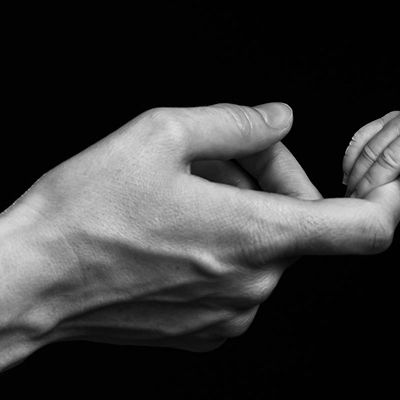I was surprised to learn several years ago that third party assisted reproduction is a frontier in which the wild, wild west remains largely intact. Nail salons and cattle breeding are more closely regulated that the creation of human beings.
It is not for lack of studying.
The Canadian government has studied the area of assisted reproduction. Despite this, there remains little regulation. When it has taken a brief foray into this area, it has tended to focus on the science behind assisted reproduction, and not the people sought to be created by it.
Third party assisted reproduction in Canada has historically been under the purview of Health Canada. The original rationale was that infertility is a health issue. The problem is that the focus ought not to be on the intended parents. It must instead be on the people to be born. Health Canada is not equipped to protect children’s best interests.
Its myopic focus on scientific details is a classic case of not seeing the forest – let alone the ecosystem – for the trees.
The federal Assisted Human Reproduction Act has always been highly inadequate. Federal jurisdiction was previously challenged in the Supreme Court of Canada. After that, many of the federal provisions were repealed before they were even brought into force. The provinces have not generally stepped in to fill the gaps.
Some studies suggest more than 3/4 of those who seek third party reproductive assistance do so not because of health problems, but because they are LGBTQ or single.
The UN Convention on the Rights of the Child states that children’s best interests must be the primary concern in making decisions that may affect them. All adults, including those involved in making policy and legal decisions, should do what is best for children. When adults make decisions, they should think about how their decisions will affect children. No child is to be treated unfairly on any basis. A child has the right to know and be cared for by his or her parents, and to preserve his or her identity, including family relations without unlawful interference.
This is the most widely accepted international convention. Every country in the world, including Canada, has adopted it– except one, the United States.
The United States is home to the fertility industry that many Canadians access.
It is time for our provincial legislatures to urgently adopt a regulatory regime governing third party assisted human reproduction, which prioritizes protecting the best interests of the people to be born. These children are human beings with, among other things, a need to know the complete and accurate medical and genetic history of both genetic parents.
We actually have legal processes that do the exact opposite. For example, courts grant declaration of parentage orders that allow functional parents with no genetic connection to the child to be identified on the child’s birth certificate. The child’s tie with the genetic parent is legally severed. A birth certificate identifies only legal parents, which may in fact be a biological fiction. Some say the state ought not to sanction dishonesty. Nowhere are genetic parents required to be identified.
Pre-conception decisions affect the people created for their entire life, and have far reaching implications. At the time these decisions are made, they have no voice because they do not yet exist. These are children who are vulnerable. Government has a heavy responsibility to protect their best interests above all else. Intended parents, and those who provide their reproductive material, are often unaware of the issues and concerns that may arise. Without adequate regulation, there are few if any mechanisms to adequately educate them.
Those who were created by these means decades ago are now adults. Many express a deep human need to know their genetic history. The basic human need to know one’s genetic history is recognized in the Convention on the Rights of the Child. It is also recognized in the area of adoption. Why is it not yet recognized in the area of third party assisted human reproduction?
Does the fertility industry have anything to do with it?
While there are of course plenty of issues with the adoption system, the best interests of the adoptee is to be the primary consideration.
But, if you are conceived with the assistance of a third party’s reproductive material, there are currently few if any laws in Canada requiring anyone to protect your best interests.
There is not even a fox guarding this hen house.
Next week, we will look at the minimum legislative changes needed.
You might also be interested in:
This is a modified version of an article that is appearing in the Kelowna Daily Courier, the Kelowna Capital News and other online publications on or about August 16, 2019. The content of this article is intended to provide very general thoughts and general information, not to provide legal advice. Advice from an experienced legal professional should be sought about your specific circumstances. If you would like to reach us, we may be reached at 250-764-7710 or through our website at inspirelaw.ca.
